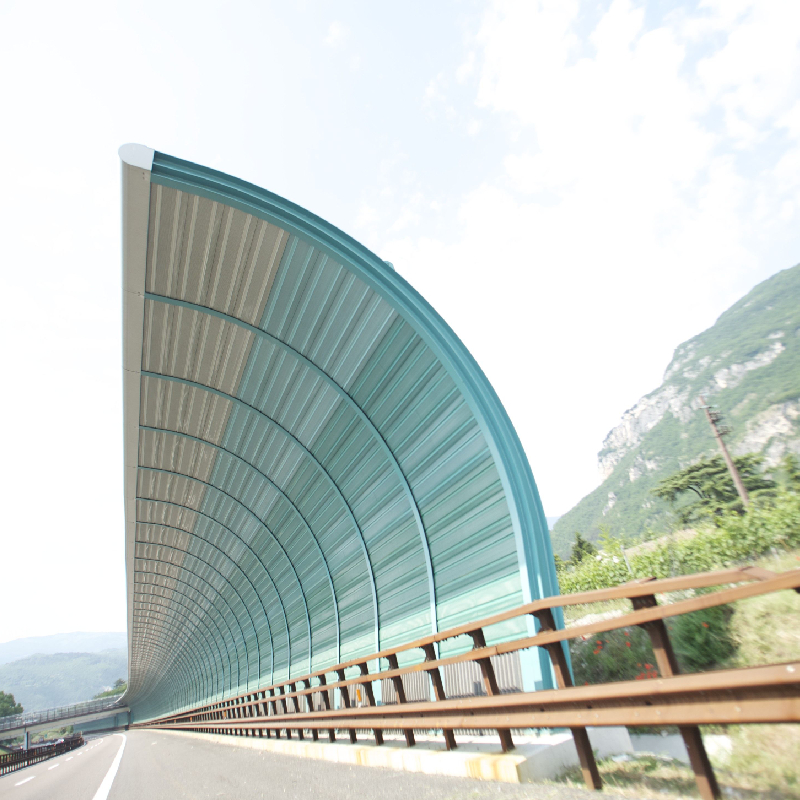Understanding Standard Perforated Sheet Sizes A Comprehensive Guide
Perforated sheets are widely used in various industries owing to their versatile characteristics and functionalities. These sheets, made from materials like metal, plastic, or paper, feature a pattern of holes that can vary in size, shape, and distribution. The importance of perforated sheets lies in their ability to allow for airflow, light penetration, and liquid flow while maintaining structural integrity. One critical aspect of working with perforated sheets is understanding the standard sizes available in the market. This article will delve into the standard perforated sheet sizes, their applications, and factors to consider when selecting the right size for your needs.
Standard Sizes and Dimensions
When it comes to standard perforated sheet sizes, there is a broad range of dimensions available. These sheets are commonly produced in standard widths of 48 inches, 60 inches, and 72 inches, with lengths typically ranging from 96 inches to 120 inches. However, custom sizes can also be manufactured to meet specific project requirements. The thickness of the material is another important dimension. Standard thicknesses can range from 0.020 inches (20 gauge) to 0.500 inches (1/2 inch), depending on the type of material used and the intended application.
The hole pattern is equally crucial. The most common hole sizes range from 1/16 inches to 1 inch in diameter. Moreover, the spacing of the holes can vary. For instance, standard hole patterns include staggered, straight, and square hole arrangements, each serving different functional purposes. The choice of hole pattern and size will significantly impact the performance characteristics of the sheet, such as strength, airflow, and acoustic properties.
Applications of Perforated Sheets
Perforated sheets are used across various sectors, including construction, automotive, aerospace, and food processing. In construction, they are often employed for architectural detailing, such as railings, facades, and ceilings, providing aesthetic appeal while allowing for ventilation and light. In the automotive industry, perforated sheets are utilized for filtration and soundproofing applications in vehicles.
In the realm of food processing, perforated sheets serve critical roles in drying, sifting, and cooking as they allow moisture to escape while retaining solid particles. Additionally, in industrial settings, these sheets are integral in manufacturing processes such as sieving, screening, and sorting materials.
standard perforated sheet sizes

Selection Factors for Perforated Sheets
When selecting perforated sheets, several factors should be considered to ensure you choose the appropriate size and specifications for your project. Firstly, consider the intended application. Understanding whether the sheet will be used for structural support, aesthetic purposes, or functional applications like filtration will guide your choice of size, hole pattern, and material.
Secondly, assess the environment in which the perforated sheet will be used. For instance, exposure to moisture or harsh chemicals may warrant the selection of stainless steel or specialized coated materials that offer corrosion resistance. In contrast, for lighter applications or where budget constraints are significant, options like plastic or lower-grade metals may suffice.
Another critical aspect to consider is the airflow requirements. If the application demands high levels of ventilation, a sheet with larger holes and more spacing may be necessary to facilitate airflow while still offering structural support.
Finally, always keep in mind the installation process. Understanding how the sheet will be mounted and its compatibility with surrounding materials may influence your choice of size and thickness.
Conclusion
Standard perforated sheet sizes play a vital role in ensuring the effectiveness and functionality of various applications across multiple industries. By understanding the dimensions, hole patterns, material options, and selection factors, you can make informed decisions that suit your specific needs. Whether you're considering perforated sheets for architectural design or industrial use, grasping these concepts will empower you to choose the right product effectively, ensuring both performance and aesthetic excellence in your projects.
-
Why Galvanized Trench Cover Steel Grating Resists Corrosion
NewsJul.10,2025
-
The Versatility and Strength of Stainless Expanded Metal Mesh
NewsJul.10,2025
-
Load Calculations in Steel Grating Platforms
NewsJul.10,2025
-
Keeping Pets and Kids Safe with Chicken Wire Deck Railing
NewsJul.10,2025
-
Hole Diameter and Pitch for Round Perforated Metal Sheets
NewsJul.10,2025
-
Aluminium Diamond Mesh in Modern Architecture
NewsJul.10,2025
Subscribe now!
Stay up to date with the latest on Fry Steeland industry news.

